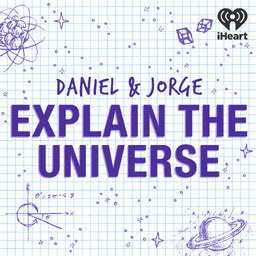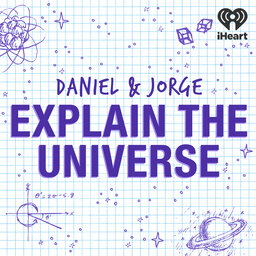What happens when stars collide?
Daniel and Jorge talk about the chances of two stars smashing, and whether we could survive.
Learn more about your ad-choices at https://www.iheartpodcastnetwork.com
See omnystudio.com/listener for privacy information.
 Daniel and Jorge Explain the Universe
Daniel and Jorge Explain the Universe


